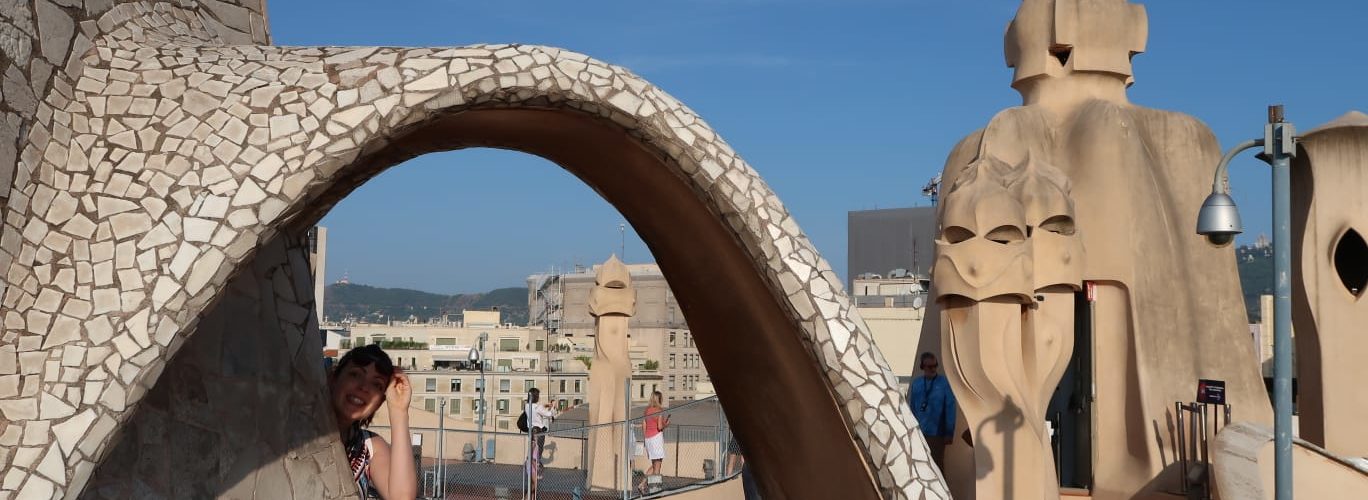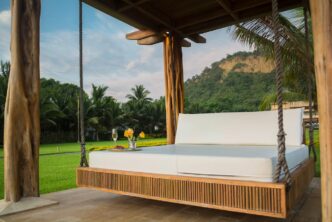A weekend in Barcelona usually guarantees a further future weekend will be planned – it is impossible to drink in the sights, tastes and culture of the cosmopolitan capital of Spain’s Catalonia region in just 48 hours.
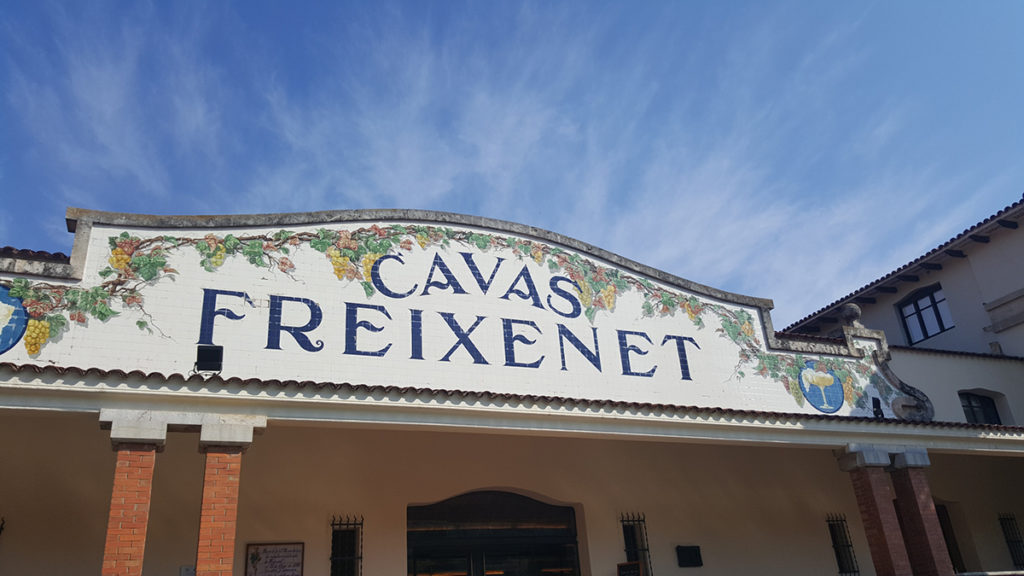
‘Drinking in the sights’ was the operative phrase for our latest visit, which took place during the last few heady days of summer. On this occasion we would not be visiting the Port Vell or Barceloneta Beach, nor the Miramar Gardens on Mount Montjuïc. As beautiful as they all are, we were on a three-fold mission:
- To visit the Freixenet House of Cava;
- To see how they were getting on with finishing the Basilica de la Sagrada Família, in readiness for its scheduled 2026 completion date;
- To visit one of Gaudí’s masterpieces, La Pedrera.
Joined on our quest by our daughter, Hayley, and her husband, Sean, we took the Rodalies R4 train from Barcelona Sants, alighting 45 minutes later at Sant Sadurni d’Anoia station. The town is located in the heart of the Penedès region of Catalonia, where the House of Freixenet has stood since 1861 when Francesc Sala Ferrer founded ‘Casa Sala’.
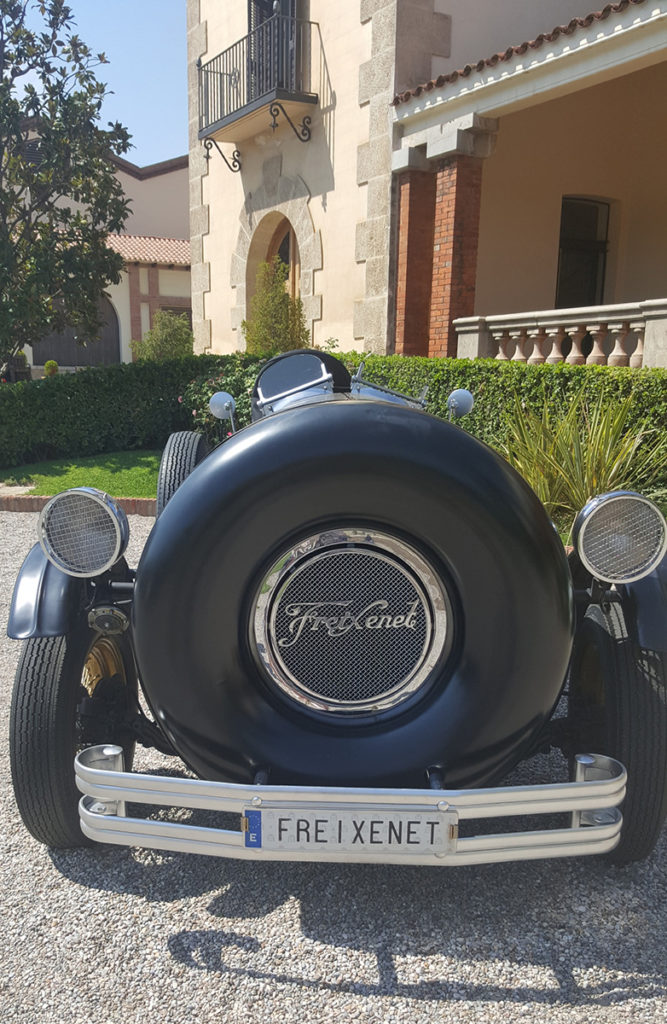
In 1911, the marriage of his granddaughter, Dolores Sala Vive, to Pedro Ferrer-Bosch of the La Freixeneda family, sparked the birth of the Freixenet story, with the newlyweds soon going into business together. Dolores’ in-depth knowledge of winemaking, together with Pedro’s vision and entrepreneurship, created the foundations of today’s company.
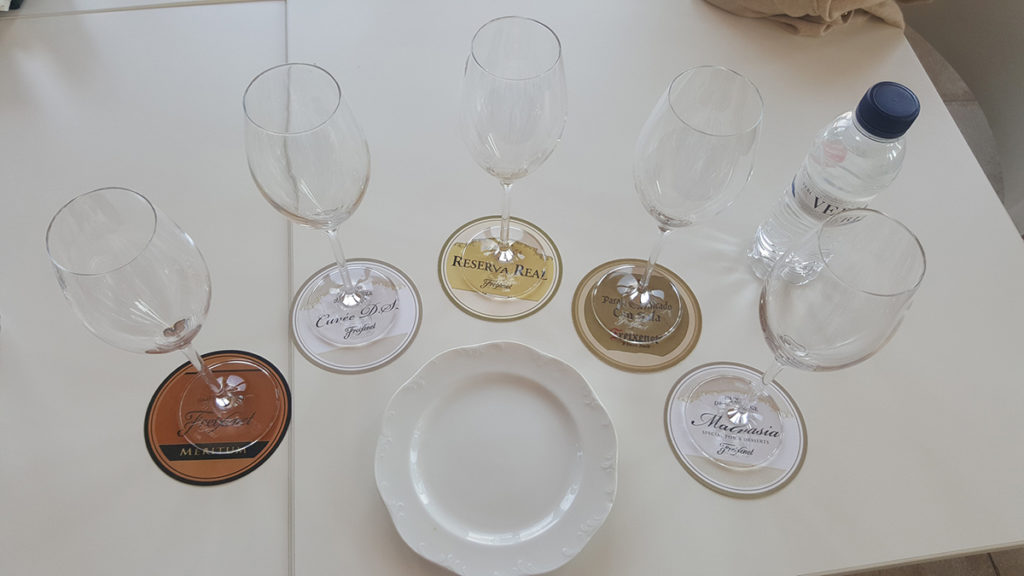
By 1914, the company’s trade was booming under the name of Freixenet. Pedro grew up in a vineyard called La Freixeneda, or ‘Ash Tree Grove’ in Catalan, and, as a result, he was nicknamed ‘el Freixenet’, the name they chose for the company. From the beginning it was decided they would concentrate exclusively on the production of cava, a natural sparkling wine, following the method used in the Champagne region of France since the 18th Century.
The couple built new cellars in response to the growing demand for their rather wonderful sparkling wine, and, over the next few years, enjoyed increased success in Spain and abroad. Sadly, the 1940s marked a turning point for Freixenet, as the terrible loss of Pedro and the couple’s eldest son saw Dolores and her daughter, Pilar, take the lead. During her time at the helm, she tutored her children in all aspects of the business until the time came for her 22-year-old son, José to start his career. By the 1980s, José had not only grown the company to become the world’s leading producer of quality sparkling wine, but also changed the way the Spanish cava industry works forever.
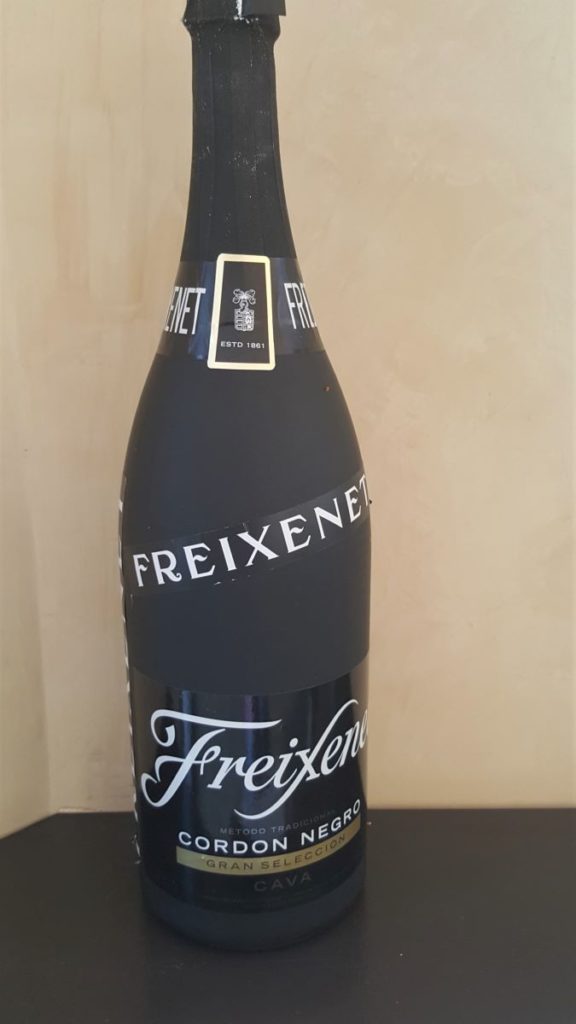
José was also the instigator behind Freixenet’s ingenious marketing and advertising during this period, not only masterminding the iconic frosted black bottle, but also driving the brand to become one of the early adopters of TV advertising. Today, the Freixenet Christmas advert and the famous burbujas, a reproduction of the golden bubbles embodied by glamorous women in costumes, is one of the most eagerly awaited events of the Spanish TV advertising calendar! The likes of Gwyneth Paltrow, Kim Bassinger, Pierce Brosnan, Penelope Cruz and many other famous names have graced the Christmas advert.
The Freixenet vineyards are primarily located in the heart of the Penedès region, a privileged area thanks to the combination of coast, flatlands and mountains, greatly influenced by the Mediterranean climate. The three ideal soils for the classic cava varieties are Macabeo, Xarel·lo and Parellada, and the agriculture team decide when it is the ideal time to harvest each variety in the vineyards. The fruit of the vine provides the must, which is then fermented twice and transformed into cava. On the way to the finished produce selected yeasts, and specific aging periods, are of vital importance.
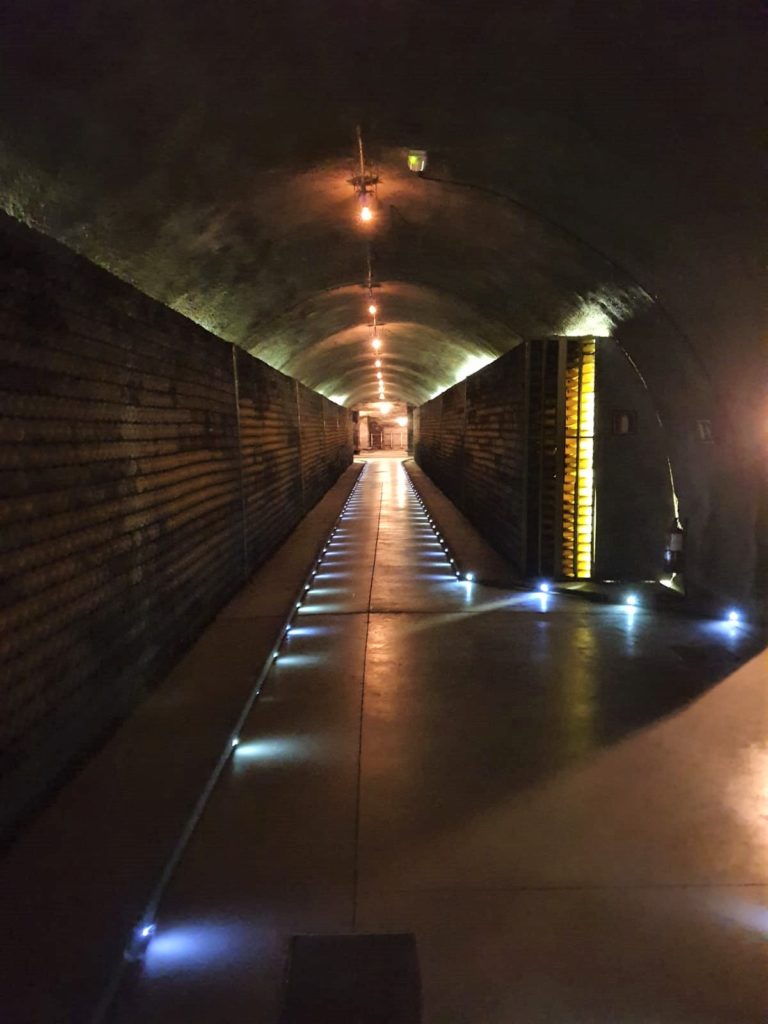
But back to our visit. As it was part of my husband’s birthday surprise, we opted for a private 90-minute tour. We have visited many wineries before, however, we all agreed that this one was our family’s award winner! Whether it was the welcome, the amazing tour guide, Maria, or the tastings and pairing of food with cava I am not sure, however it certainly was a winning combination. Our more extensive insight to the world of cava must remain enigmatic so as not to spoil the experience for future visitors but, as it is already mentioned widely, I can tell you it involves a train ride through the vaulted cellars.
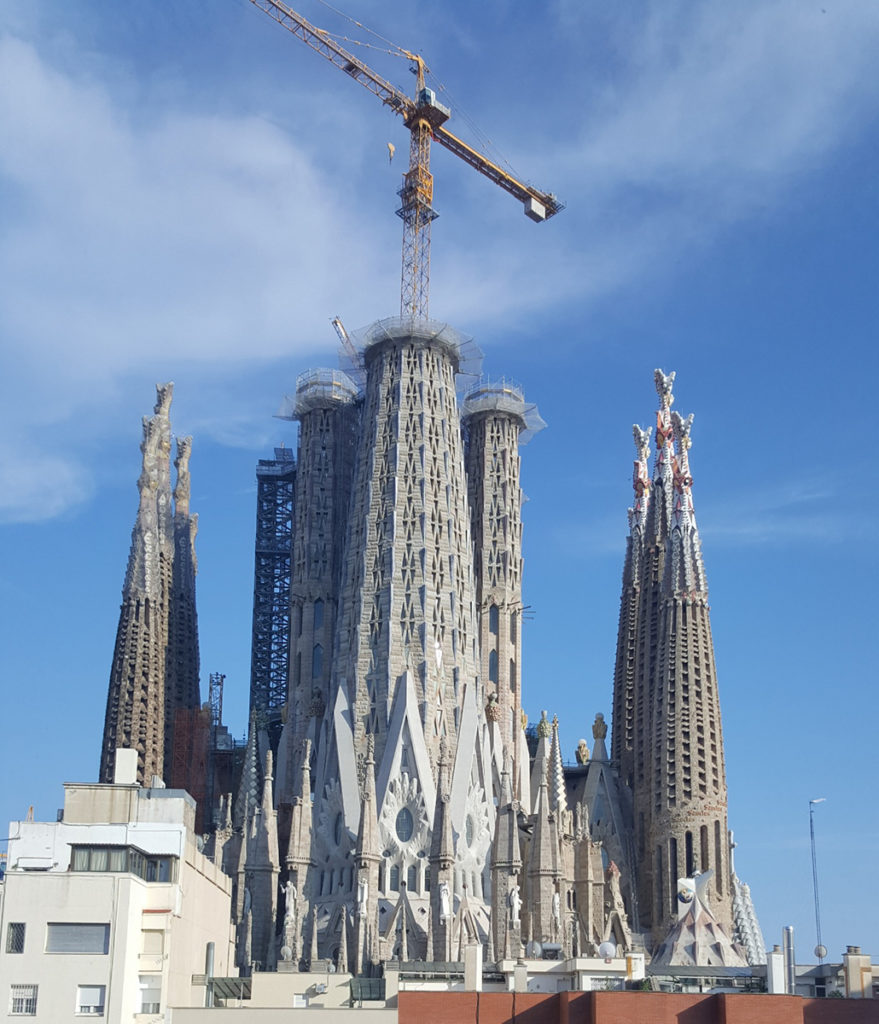
Onto mission number two. Well, checking on the progress of the wonderful Sagrada Família was easy. We booked into our favourite hotel, the Ayre Hotel Rosellón, our first choice of hotel whenever we are in Barcelona. We always choose a room with a view of the Sagrada Família, however, if you don’t wish to pay the extra for a room with a view, the wonderful roof bar terrace ensures you can still feast your eyes on this edifice of wonder.
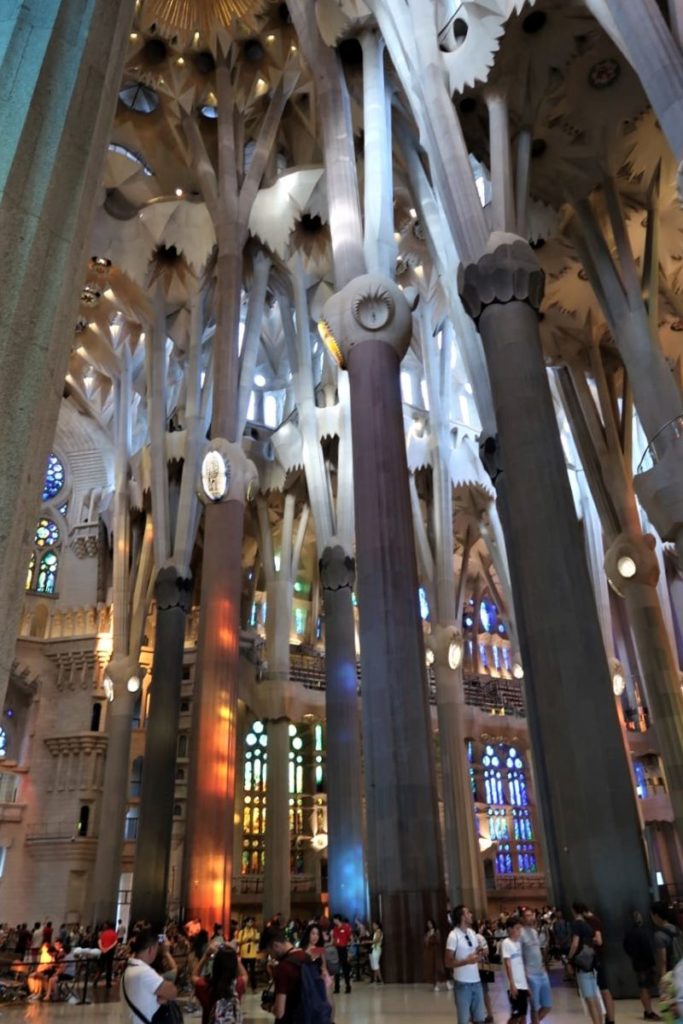
The construction of the Sagrada Família began under architect Francisco de Paula del Villar in 1852 but, a year later, he resigned, and famous Catalan Antoni Gaudí took over as chief architect. Of course, he transformed the project, bringing his inimitable Gothic and curvilinear Art Nouveau forms. Gaudí, now buried in the basilica’s crypt, devoted the rest of his life to the project until his untimely death in 1926, with less than a quarter of the project completed. The building is a basilica and not a cathedral because Barcelona already has one, and it is hoped that the basilica will be completed in 2026.
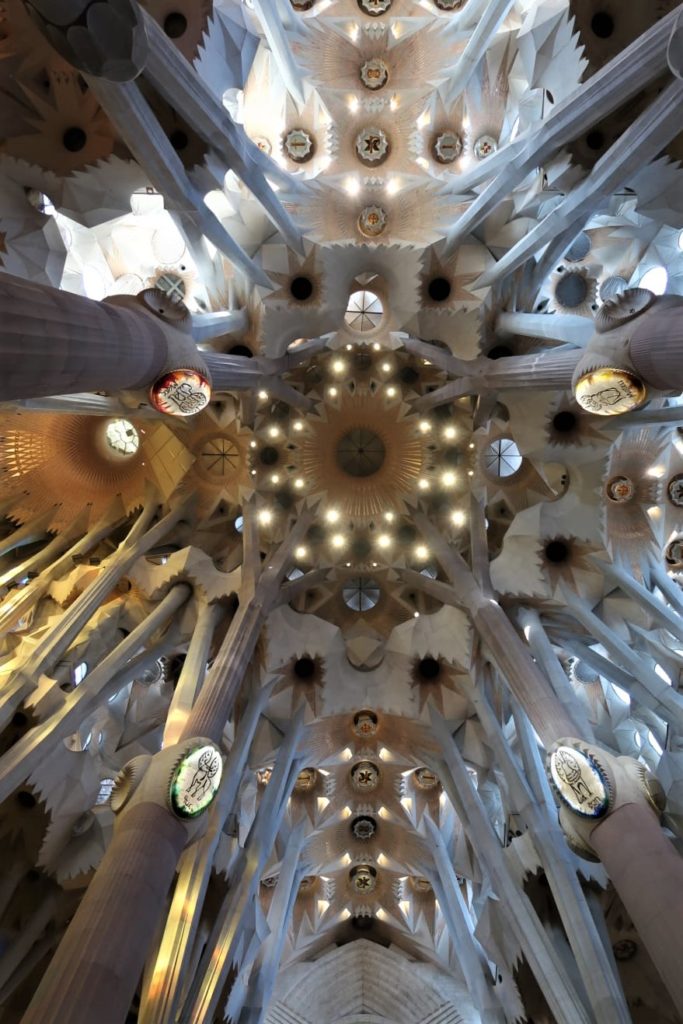
Being creatures of habit where good food is involved, we had already reserved a table at Les Quinze Nits in Plaça Reial, just off La Rambla (bookings are only available mid-week). We came across this fabulous restaurant some 13 years ago when we noticed the huge queue of people outside, long before they had even opened their doors for the evening. Since then it has become our ‘go to’ eatery, and it did not disappoint.
After ensuring that the Sagrada Família looked as wonderful as ever as a backdrop for our night cap on the hotel roof terrace, we retired in order to rise early for our third mission to visit one of Gaudí’s genius creations, La Pedrera.
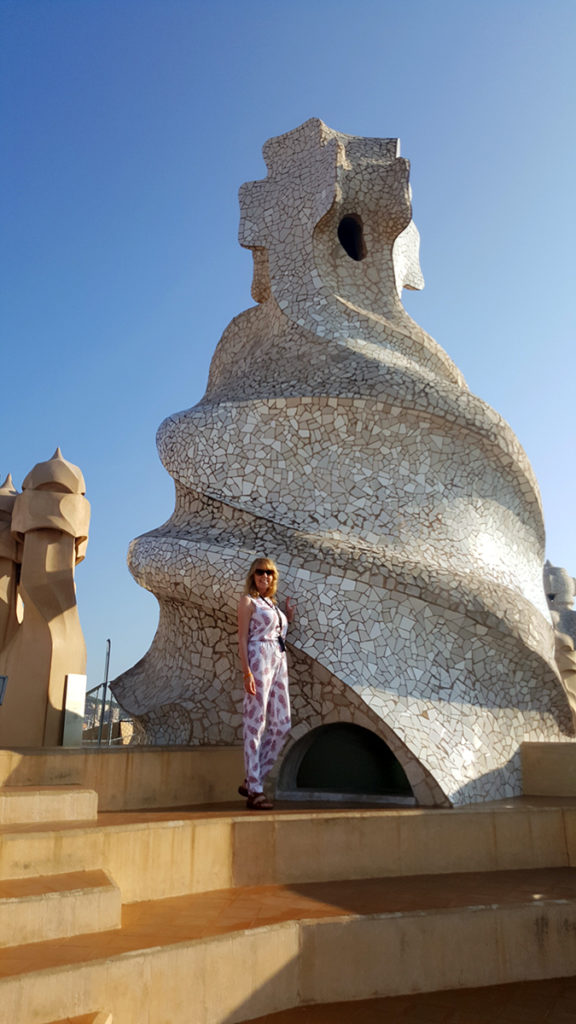
It was certainly worth pre-booking online for the 9am first tour of the day, as we only had to queue a few moments in the early morning sun before our audio tour began. La Pedrera is much more than just a visit to one of Antoni Gaudí’s masterpieces; it’s a totally immersive experience. Gaudí saw architecture as a complete art, and was fascinated by nature and geometry. Built for one of the great industrialists of the time, begun in 1906 and completed in 1912, the house is a huge wave in stone, with a series of organic shapes and incomparable sculptures.
A visit to the roof is a must (be assured, there is a lift), where an incredible overflowing rooftop awaits you; stairwells, chimneys, mosaics made with broken tiles, marble and glass, sky lights and indescribable shapes standing guard, always ready to be a backdrop for a tourist photo. We eventually made our way back out to what seemed like banal reality; however, we still had the café to try, which is nestled in the lower ceiling of La Pedrera. If you choose to be seated inside, an art deco world awaits you, along with tasty eats and very lovely coffee.
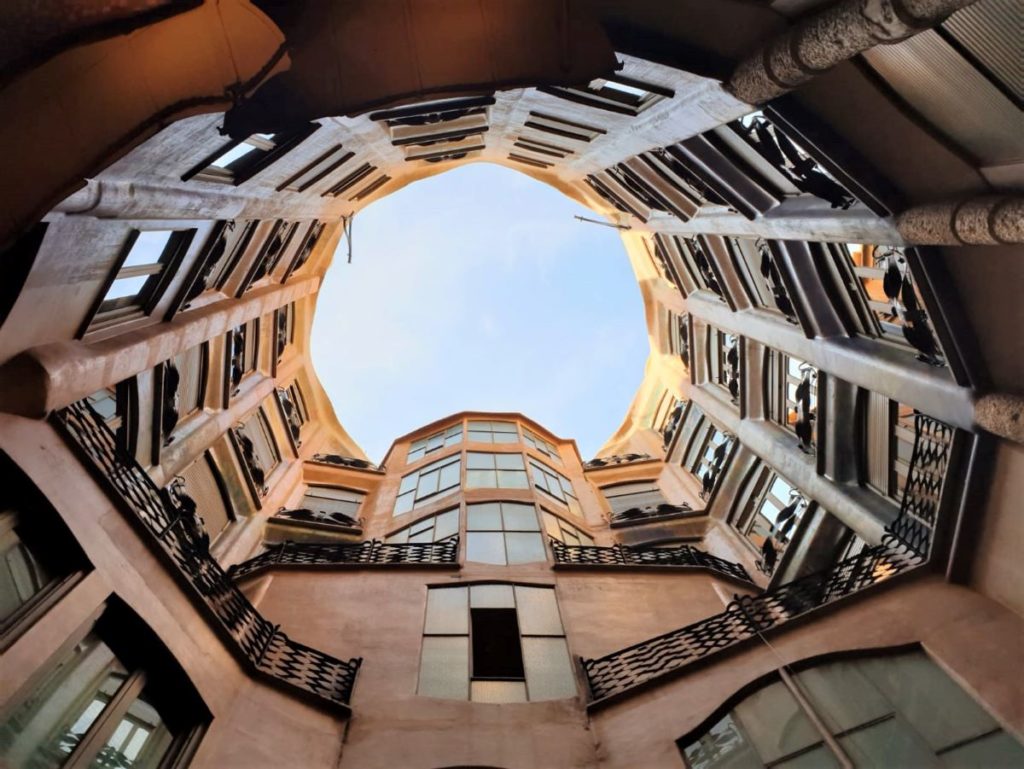
After completing our three-fold mission, we filled the rest of our day with a wander around the narrow streets of the city, including a visit to the Santa Caterina Market, featuring a unique, wavy roof and colourful mosaics, with a variety of vendors and eateries. Here, for the princely sum of two euros, we purchased cones of delicious slices of charcuterie or manchego cheese, which fuelled us as we looked at the archaeological site that was discovered when the market was renovated, dating back centuries.
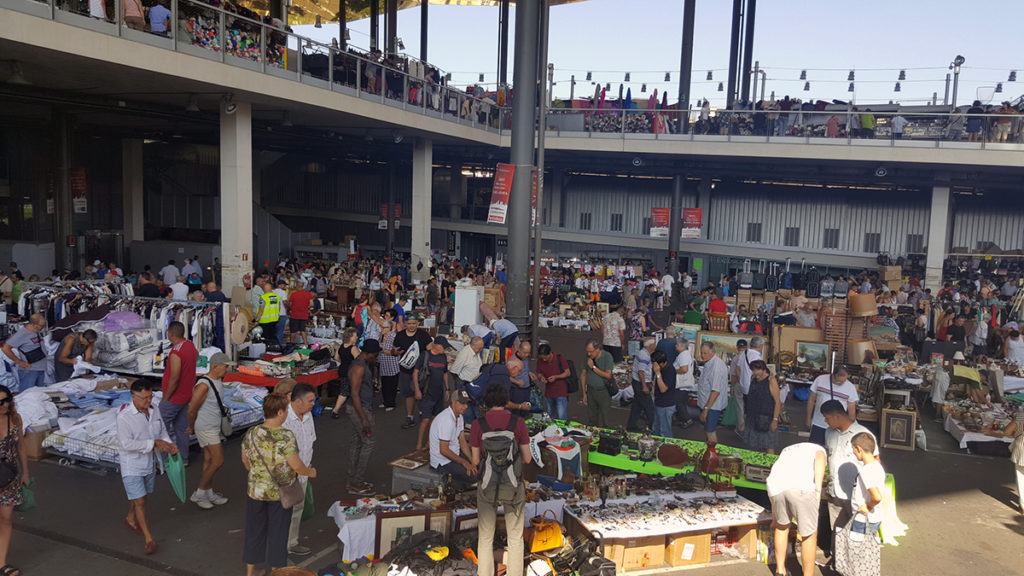
The flea market of Mercat dels Encants boasts around 300 outlets of the most varied kind, from vintage items to arts and crafts, or new kitchen appliances to rolls of beautiful material. I am still sporting my new hand luggage, purchased for two euros from one of the stalls. The most engaging and striking aspect of all the sights is the roof, made of fractured planes and steel mirrors, which provide a star-ship effect that dazzles in the sunlight.
On our last evening, we went our separate ways, as Hayley and Sean went off to indulge in their love of fish dishes. Just behind the hotel is a branch of the fabulous seafood eatery chain, La Paradeta. Every night, hungry seafood aficionados queue to have their pick of fresh seafood such as lobster, crab, razor clams, tiger prawns and much more besides, all cooked to taste and brilliant value. Once you’ve placed your order, take a seat with a glass of wine and listen out for your number being called when it is ready – but don’t hang around too long or you’ll risk the wrath of the surly Spanish chefs!
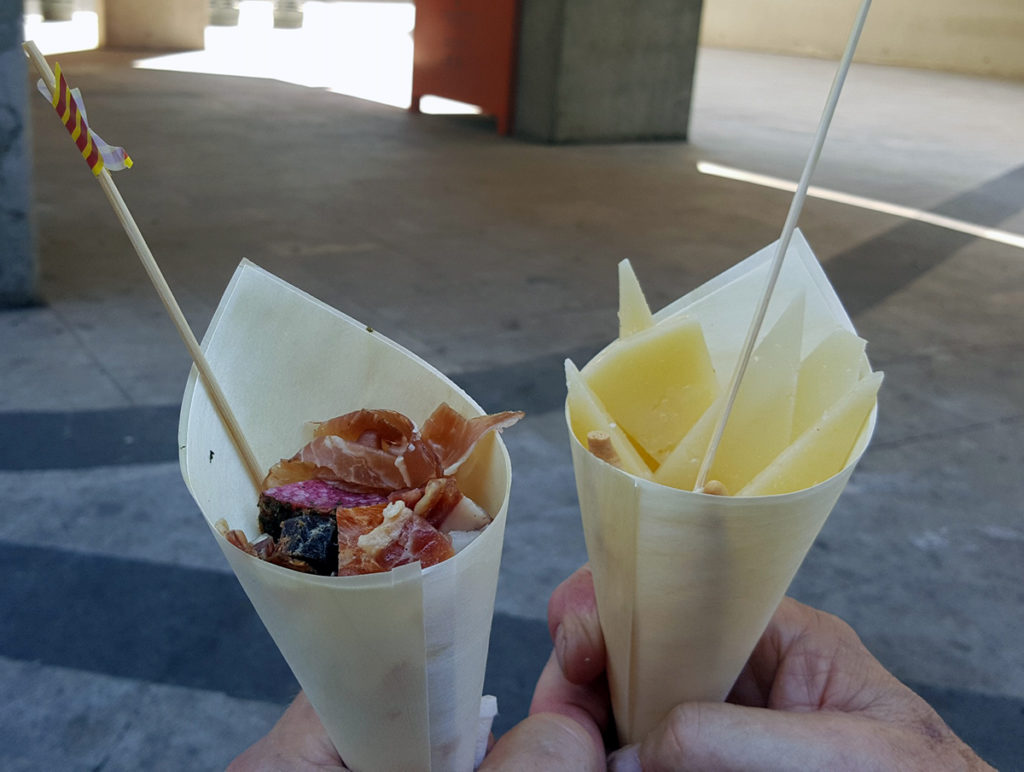
Bob and I took ourselves off to the cool district of El Born to explore the Picasso Museum, followed by the Plaça del Fossar de les Moreres. The Plaça was built over a cemetery, where defenders of the city were buried following the Siege of Barcelona in 1714. In 2001, a simple red oxide coloured steel memorial was installed, topped by a torch which burns night and day in homage to the dead who lost their lives. As fish cannot be on the menu for me (I have a severe allergy to anything that swims in rivers or seas), we ate at Vegetalia Born, which is also in the said Plaça. Appealing and delightful food with not a gill or a crustacean in sight!
Both parties replete, we rendezvous on the roof of our hotel in order to raise a glass to the Sagrada, and agree to return for her completion celebrations in 2026 – although we might just pop back before then!

